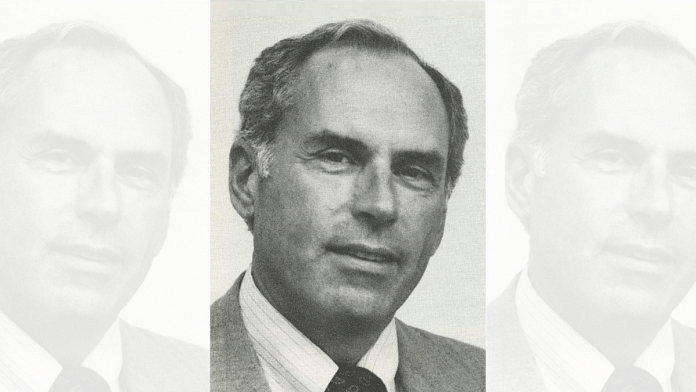Thank you dear subscribers, we are overwhelmed with your response.
Your Turn is a unique section from ThePrint featuring points of view from its subscribers. If you are a subscriber, have a point of view, please send it to us. If not, do subscribe here: https://theprint.in/subscribe/
Tech innovation and its usage seldom happen in quick succession. There are inventions that languished in cold storage before becoming an everyday use item. Xerox saw little potential for laser printers after its invention in 1969, and it was not until mid-1980s that laser printers became popular, predominantly as a Hewlitt Packard (HP) product. Similar was the fate of digital photography after the invention of digital camera in 1975 in Eastman Kodak facility. These are oft referred cases of delayed, or failed monetization of innovation. Of course, the journey from prototype to creating a ‘market’ and scaling-up commercially has its own trajectory and time horizon. Depending on the incremental spend (or investment), there is the element of patience that capital must endure. In the more recent period, Amazon, Uber, Airbnb are examples of significant investments (losses) before they became profitable.
Around the early 1970s, futurist Roy Amara came up with what is referred to as Amara’s law – “We tend to overestimate the effect of technology in the short term and underestimate the effect in the long run.”
The list of tech companies that went bust during the Dot-com bubble and the retreat of capital that followed is part of the cautionary message of overestimation in the short term. These were either Capital seeking quick returns or business models focused on short-term disruptions rather than having enduring value in their sights.
Infosys in India stands out as a business from grounds-up. Starting in 1981 as a small private business, it eventually grew to be one of the most valuable (by market capitalization) listed companies in India today, and as a top 3 IT Services Company globally. Infosys like Amazon, Uber etc. are what Amara referred to as ‘effect in the long run’. Even for them it has been strategic patience and continuous investment that got them to where they are today.
Market sizing is a difficult task, especially in forecasting transformative technologies. Even the best in the world have had to experience defeat. When in the 1980s AT&T sought from one of the global management consulting firms to estimate the number of mobile phones in the year 2000, the projection was 900k users. The actual, as we all know, turned out to be 100 times bigger. The transformative potential of technology was missed in estimating market size twenty years in the future. If only they had heeded Roy Amara’s work !
AI is now a more topical subject. So, what can be better than a prompt to one of the AI platforms to check what it has to say on Amara’s relevance to AI. And here is the response –
‘Past AI booms (1960s-1980s) also saw initial excitement give way to AI Winter, before later advances led to today’s applications that are beginning to shape businesses and daily life’.
I’d like to think that Capital is cleverly deployed in the newer and emerging sectors than before as we have access to more sophisticated analytics now. Hopefully, this makes us better in managing ‘irrational exuberance’ caused by hype in the short term. However, there is a new phenomenon that wasn’t specifically addressed in Roy Amara’s research work- or if it was, it likely had minimal impact back then. This is the growing use of personal brand. Social media and 24 x 7 news/opinion cycles have made rapidly inter-changeable fans and sceptics. While Influencers are not a new phenomenon and celebrities have always played a role, trusted individuals have long been effective in advertising through endorsements or modelling. Analysts hung on to every word, even gestures from the famous Alan Greenspan, but that was more to get a clue on US Federal Reserve’s stance on interest rates- and he was careful of his utterances because they mattered. Individual brands have obvious advantages in getting the message out, faster and wider. However, the situation becomes problematic when the sway of Individual’s personal brand extends beyond marketing into affecting business valuations directly, with the ‘market’ watching closely.
Today’s challenge is when an individual’s brand, rather than fundamentals, shapes market expectations. Surely business, and certainly public companies, should not become the domain of a single personality. Ultimately, the market represents all of us ….and its true vitality depends on broad participation and fundamentals. We must heed the ‘long view’ that Roy Amara champions and assess the real vitals before rushing headlong into hype, and governing bodies must fulfill their essential role.
Though ill advised, I would have less to say on an individual’s sway over a private enterprise, but when a public enterprise becomes a party, directly or indirectly, it taints the environment with a low-trust hue.
These pieces are being published as they have been received – they have not been edited/fact-checked by ThePrint.


